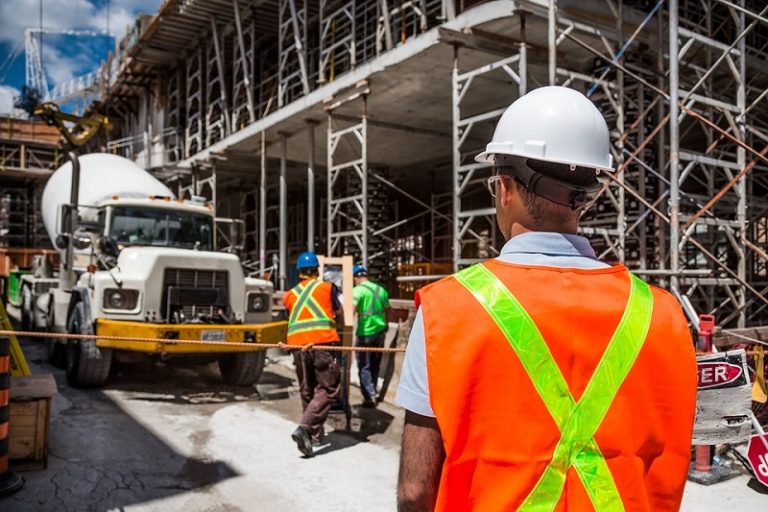Robinsons, the construction and manufacturing specialists, have launched a new Architectural division as part of their expansion plans, consisting of a team that will bring a wealth of skills to the table. The team will assist in a wide range of architecture related work, including obtaining planning permissions, building warrant applications, structural engineering certification, site surveys, locations and plans. “Anyone can contact us and we’ll be delighted to speak to them about their planning and building application needs. We’ll cover all aspects from domestic to industrial to agricultural projects,” explained Andrew Robb, Design Manager. “It is a great alternative and I think people will want to engage with us. I’m very passionate about what we do and the fact that we will be able to do a good job for our customers.” The team is formed by three people: Andrew Robb, Senior Technician Alistair Gowan, who has around 20 years of experience in dealing with planning applications and building warrants, and Junior Technician Jordan Graham, who has experience in the latest 3D building software and could help the clients visualise their ideas and bring them to life. Andrew also mentioned the importance of providing opportunities for young people to break into the industry. “One of the things we are really keen to progress is creating a school engagement programme; we are planning to go out to career days for example and really try to engage young people in the industry. We feel that it is important to give back and explain the different roles that are available in construction, the benefits, and also to ensure that we can use our passion for the industry to engage young minds and help them start their careers,” said Andrew. Robinsons’ future plans also include expanding its Lockerbie headquarters. “We’ll be redeveloping the look of the area to make it more visible to customers coming in, and redeveloping the car park to make way for more visitors to our site. We’re hoping to do some big open days in the summer to get the local people involved and family days where we can get local young people in to educate them on what we do and try to spark an early interest in joining our team,” said Emma Porteous, marketing manager.







